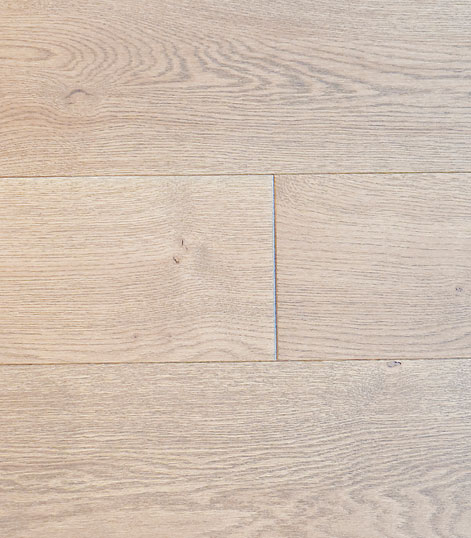
Once installed, both engineered floors and solid wood floors look and behave the same. The difference lies in their construction.Both these items come with their own set of merits and demirts, and we will talk about some of the important ones below.
Before we begin, we must tell you what the main types of engineered wood vs solid wood are.
Solid wood: Solid hardwood flooring is made with a solid piece of hardwood. There are many different species of hardwood such as: Oak, maple, ash, hickory and birch. Solid wood flooring can only be installed on grade and needs to be nailed down to a wooden sub floor.
Engineered wood: Engineered hardwood planks have a layer of hardwood on the surface that is bonded to a engineered substrate. Only the top surface is hardwood.
These floors can be installed on any level in a house including basements.
Advantages to Solid Wood Floors
Aesthetic: Traditionally milled from a solid piece of hardwood made to be resanded many times.
Eco-friendly: Life cycle of solid hardwood is around 150 years – essentially the life of the house. Only resanding is required to keep the floor looking new.
Economical : Factoring the longevity of the floor, solid wood flooring will always be the most economical choice.
Advantages engineered wood products
Now that we have covered solid wood let’s come to engineered wood.
Stable: More stable dimensionally with humidity changes compared to solid hardwood.
Flexibilty in Installation: Engineered hardwood can be installed on any level of the house. Most engineered floors can be either nailed, glued or floated.
Conclusion:
Now that we have looked at the aspects of engineered wood vs solid wood, we hope this article helped you chose what is right for you and what fits your preference best.
